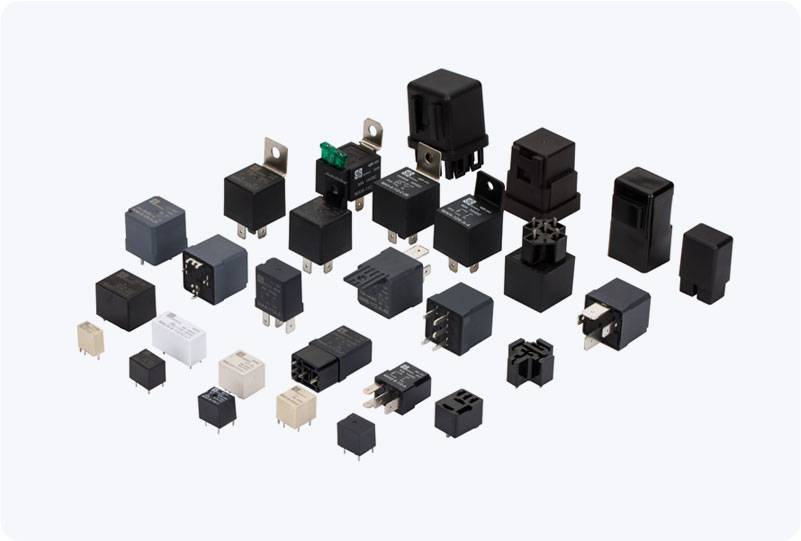In recent years, the Internet of Things (IoT) has dramatically reshaped the way we interact with everyday devices, enabling greater convenience, control, and automation. One notable development in this space is the Webhook Enabled IoT Relay. This powerful technology allows users to control relays, which in turn control electrical devices, via webhooks—simple HTTP requests that trigger specific actions. This article delves into the core features, applications, and advantages of Webhook Enabled IoT Relays, highlighting their role in modern smart environments.

What is a Webhook Enabled IoT Relay? At its core, a Webhook Enabled IoT Relay is an IoT device that enables remote control of electrical circuits through webhooks. A relay is an electrically operated switch that can control the flow of electricity to connected devices. Typically, relays are used to control high-voltage devices such as lights, motors, and security systems. By integrating webhooks, these relays can be triggered remotely via HTTP requests sent over the internet, allowing for seamless automation and control from virtually anywhere in the world. A webhook is essentially a callback function that allows one system to send data to another system in real time. In the case of an IoT relay, when a webhook is triggered, it sends a signal to the relay, activating or deactivating the connected device. This method of control is extremely efficient and can be integrated into various IoT platforms or smart home ecosystems.